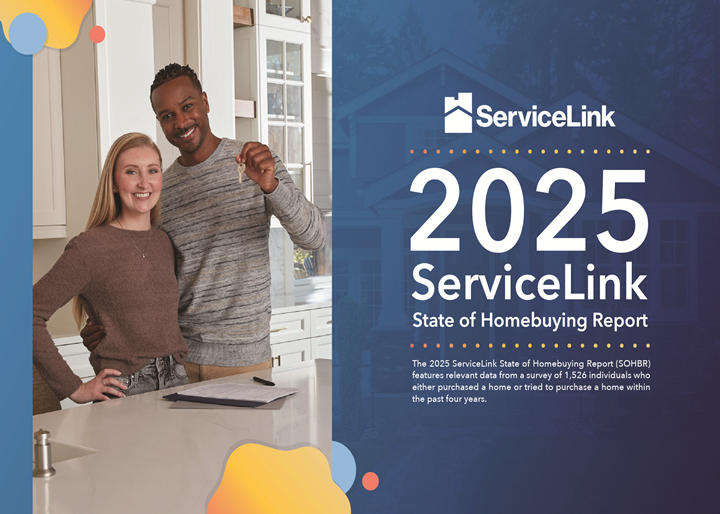Redfin Reports Home Prices Are Rising Fast in the Midwest
Home prices in Milwaukee jumped 20% year over year in February, a bigger increase than any other major U.S. metro. Nationwide, prices rose 3%, and pending sales fell the most since 2023. The Midwest is home to three of the five metro areas where home prices are rising fastest, according to a new report from Redfin (redfin.com), the technology-powered real estate brokerage. In Milwaukee, the median home sale price rose a record 20%
Read More







